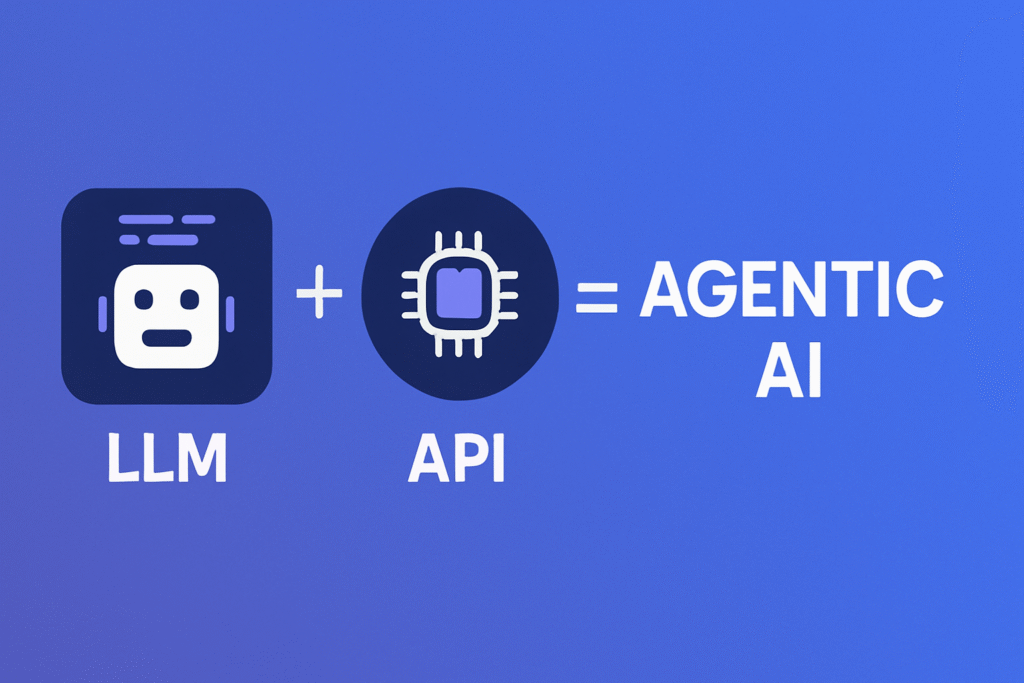These days, everyone’s talking about AI agents. But let’s get real—what are they actually doing behind the scenes?
Let’s take an example:
You say: “Place an order on Pizza Hut for me.” Sounds simple? But under the hood, here’s how an AI agent handles this task using APIs:
Behind the Scenes: Step-by-Step
1. Intent Recognition → The LLM (like GPT) figures out:
- You want to place an order
- The restaurant is Pizza Hut
- It might need your location, order details, and payment info
2. Information Gathering (via APIs) → The agent might call:
- Pizza Hut API → To fetch the latest menu
- User Profile API → To get your address and saved preferences
- Payment API → To check your saved card or wallet balance
3. Order Placement → After collecting required info, the agent makes an API call to Pizza Hut’s Order Placement Endpoint like:
POST /order
{
"items": ["Veggie Pizza", "Garlic Bread"],
"delivery_address": "Your saved address",
"payment_method": "Wallet"
}
4. Confirmation & Status →
The Pizza Hut API returns:
- Order ID
- Estimated delivery time
- Payment success/failure
Agent confirms:
“Order placed! Your pizza will arrive in 30 mins.”
5. Learning → The AI agent saves this interaction for future personalization.
So, What Is an AI Agent?
At its core, an AI Agent = LLM (understands) + APIs (act) + Memory (learns)
LLM understands your goal. APIs perform the actions in the real world. Memory improves future interactions.
💡 In Short:
- LLM = Your brainy assistant
- API = The hands doing the work
- Together, they make a smart, task-completing AI agent.
AI Agents aren’t just chatbots. They’re evolving into full-blown task managers. The future isn’t just about generating answers—it’s about getting things DONE.
Would you trust an AI agent to order your next pizza?
